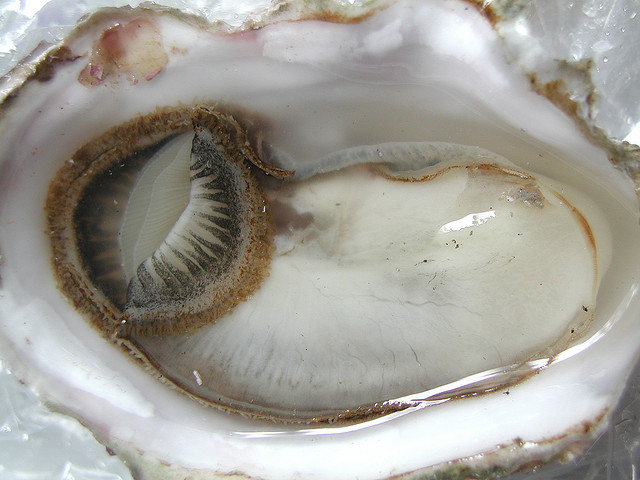Centuries ago, the Chesapeake Bay was filled with oyster reefs so large they sank ships. Today, in search of a cleaner bay, Maryland is looking to revitalize its once-booming oyster population. But to do that, the state needs oysters — lots of 'em — and to get oysters, the state needs scientists at the University of Maryland to encourage those mollusks to get down and dirty.
As in one of those last man-last woman on earth scenarios, the future depends on a small group's ability to produce as many offspring as possible. Seeding the bay involves dumping loads of baby oysters into the water and hoping a fraction survive to repopulate area.
And so it is the job of researchers to encourage the unsexy process of oyster reproduction. Male oysters release sperm in warm water, which prompts female oysters to release their eggs. The fertilized eggs are then fed algae until they mature into “spat.” (Otherwise known as larval oysters. It’s unclear which term is less appetizing, but “spat” is probably more descriptive.)
The Maryland scientists aren’t doing this out of concern for the oysters’ social lives. A bigger oyster population in the bay will help clean the pollution dumped in it. Once the oysters are plentiful enough, tearing them back out of the water will create jobs for Maryland fishermen. Plus, we want to eat those suckers.



